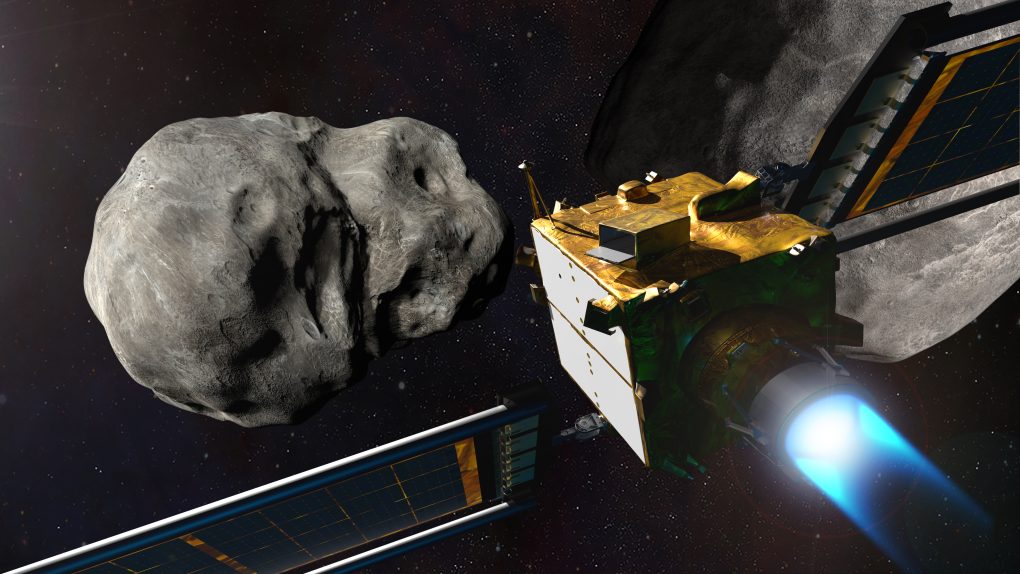Last month, NASA did the unthinkable. After first announcing the Direct Asteroid Redirection Test, DART, in 2019, the plan finally came to fruition, and NASA slammed a spacecraft into an asteroid to great applause. Now, two weeks after the initial impact, NASA’s DART mission has proven successful.
DON’T MISS: How to get FREE MONEY from Amazon for Prime Early Access Sale 2022
Many had already deemed the mission successful after NASA shared footage of the DART spacecraft slamming into Dimorphos, a moonlet asteroid orbiting another larger asteroid. The goal of NASA’s DART mission was to change the moonlet’s orbit, even if only by a small margin. And now, two weeks after the impact, Dimorphos’ almost 12-hour orbit has shifted by half an hour.
The agency announced the successful orbit shift caused by its DART mission this week. “All of us have a responsibility to protect our home planet. After all, it’s the only one we have,” NASA Administrator Bill Nelson said. “This mission shows that NASA is trying to be ready for whatever the universe throws at us.” The success of NASA’s DART mission could further spawn similar systems with other space agencies.
In total, the orbit shifted from Dimorphos’ previous 11-hour and 55-minute orbit to 11 hours and 23 minutes. However, NASA did mention that it has a margin of uncertainty in place that may change that number by more or less than two minutes. Still, almost 30 minutes of change is a huge success for NASA’s DART mission, especially considering the original benchmark was 73 seconds or more.
Asteroids are a constant possible threat to humanity and Earth, with thousands of asteroids breezing past our planet at dangerous speeds every year. While none of the threatening asteroids – which NASA has dubbed “potentially hazardous” – have come close enough to cause concerns, it is believed an asteroid impact exterminated the dinosaurs and caused a worldwide tsunami millions of years ago.
To help avoid a similar fate for humanity, NASA and others have been looking into ways to react to these dangerous asteroids. Some countries, like China, want to build an asteroid monitoring system. Meanwhile, the success of NASA’s DART mission shows that we aren’t entirely helpless. But, because it may take so long for the orbit to change, we’ll have to strike fast if ever faced with that kind of scenario.
Looking for more space news? Skywatchers can grab their telescopes and peer into the sky later this month to view the annual Orionid meteor shower. Plus, scientists now say that climate change on Mars could have been caused by ancient microbes now burrowed deep below the surface.








